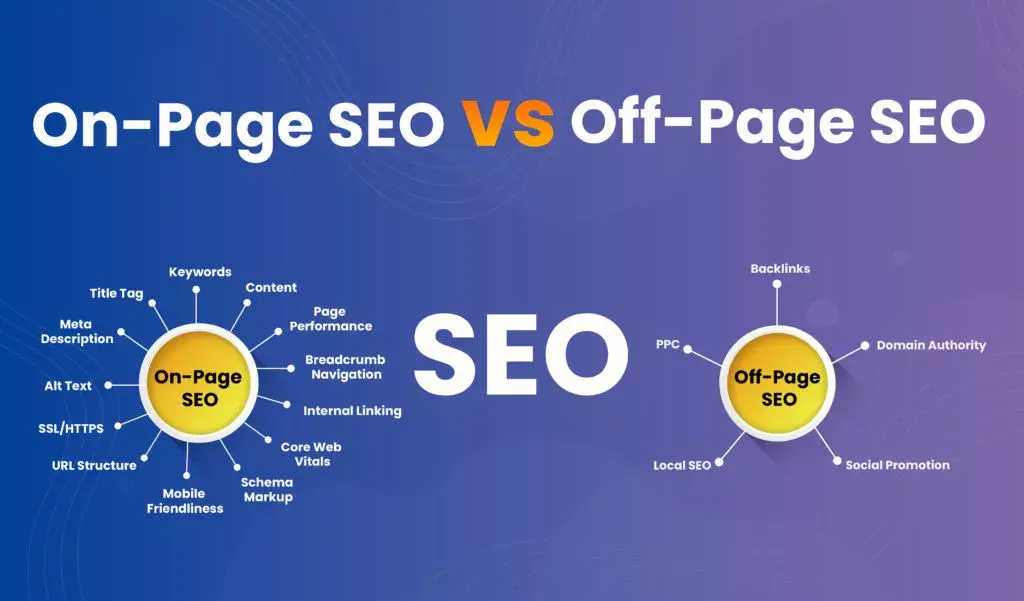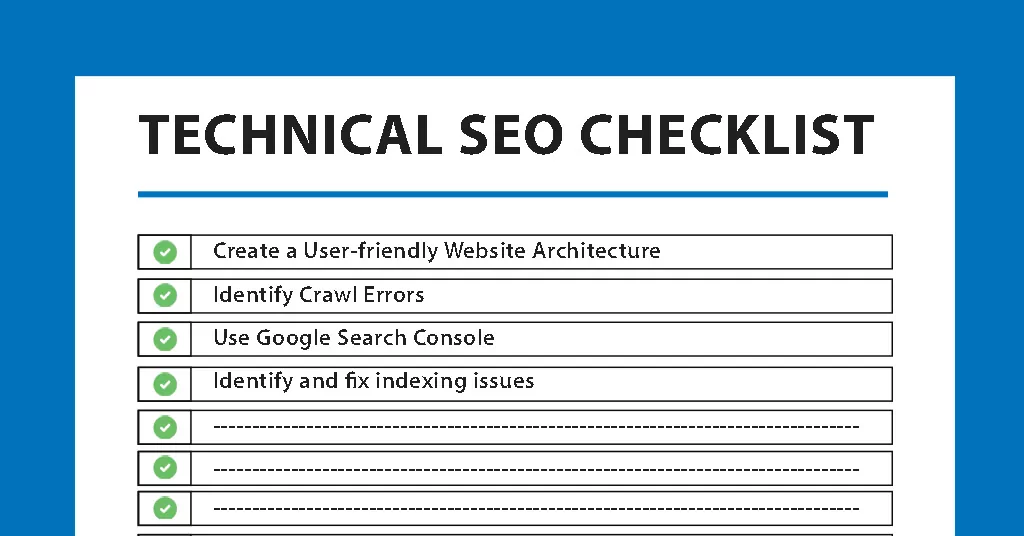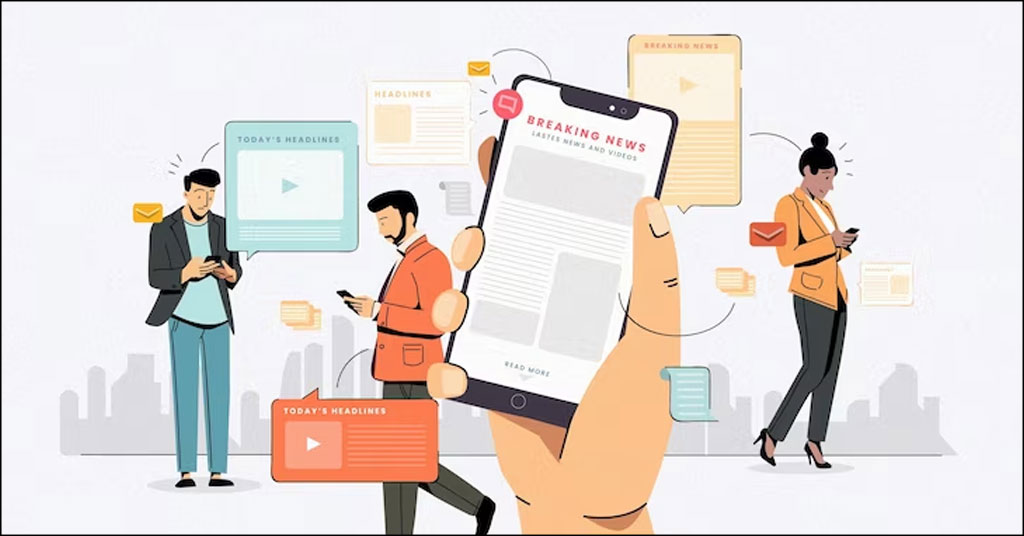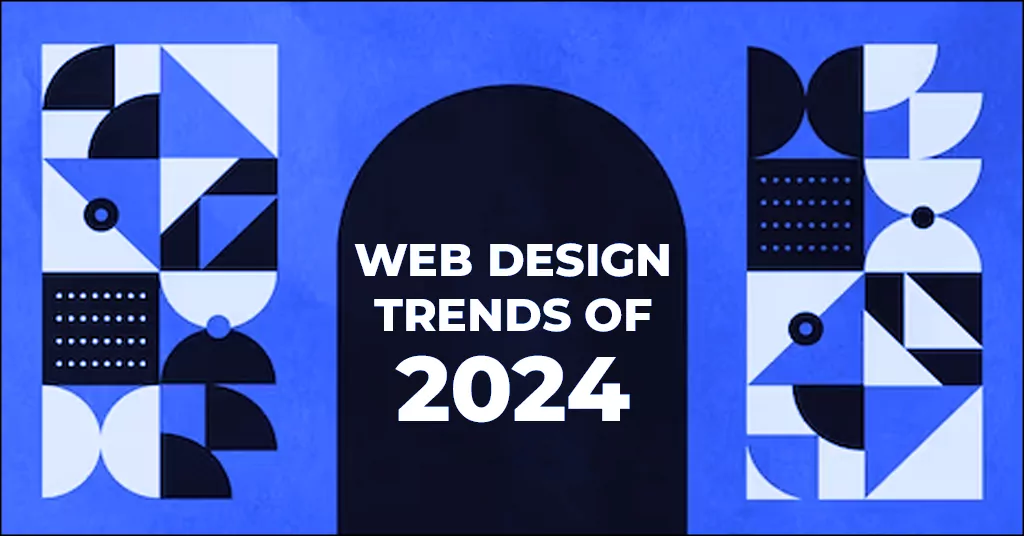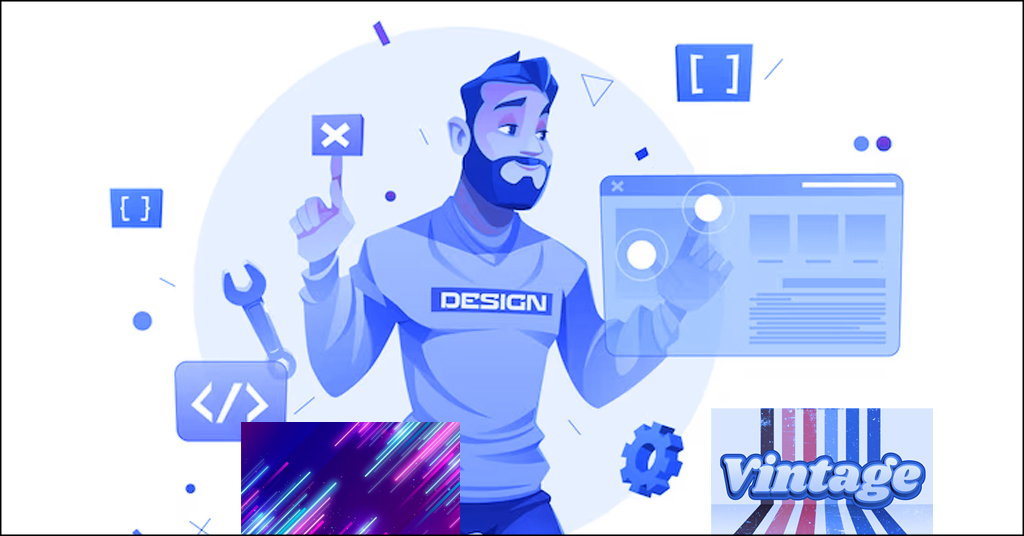What are the 5 steps for app development?
Table of contents
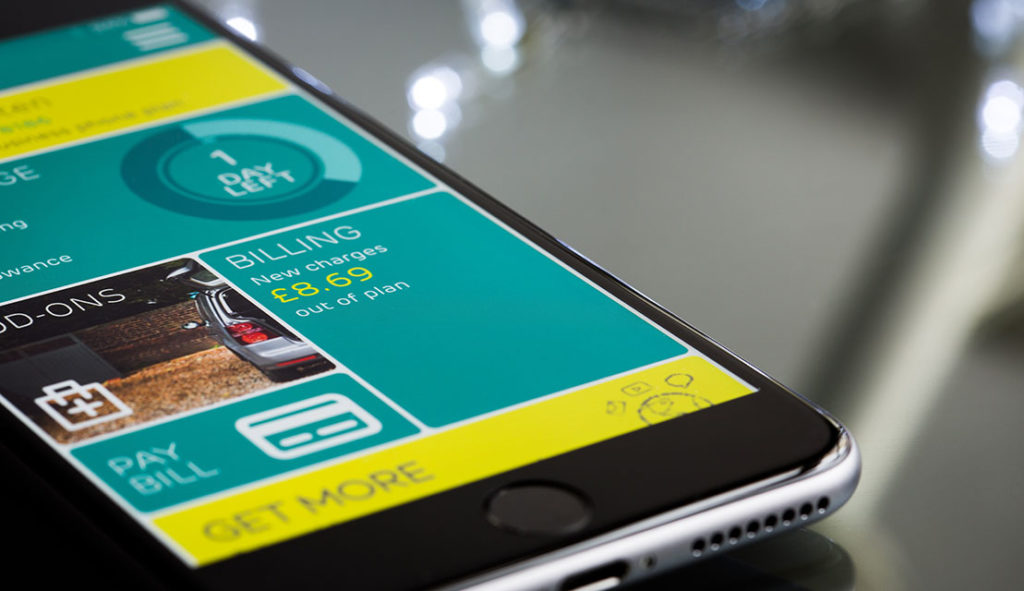
With the continuous rise in the use of devices like smartphones or tablets, the demand for mobile apps has increased too. This is mostly because of the convenience that mobile apps provide the users.
Having an app for your business serve many benefits for your company like enhancing the accessibility of your product or services, improved brand recognition, cultivate customer loyalty, directly communicate with your customers, and even acts as a marketing channel for your business.
While many businesses are taking the advantage of this technology, many don’t even have an idea of how can they create an app successfully. It is certainly difficult to come up with a new and unique idea for building your app. The app store is flooded with new apps on a daily basis and having an idea is just the beginning. The development process for building an app is quite tedious and time-consuming. This article is a step-by-step process for businesses looking to get started.
With a precisely cultivated app development process, success can become a reality for your business within such a competitive landscape. An effective app development process has 5 key steps. In this article, we will understand each step in-depth.
Strategy and Research
It is really tempting to get started with your app development process when you have an idea, but you need to keep some patience. Having a clear definition of your business’s app model will help you ease your further process. Hence, research and strategy is the first and most important step of the app development process as it builds the foundation of the process.
During this phase, you lay down the necessary groundwork for what needs to be done. Figure out how can you merge your ideas in one functional app. Plan your app’s main function or core interactions and what will it deliver to the users. During each step keep the end-user in your mind. By the end, you should be able to figure out how the user will be interacting with your app. This will set you on the firm foot and give you the clarity and confidence required to move forward.
Even do a bit of substantial research and brainstorming of your competitors. A detailed analysis of your competitor’s app will help you to identify the features absent in your app that you need to include it.
Analyze and strategize your app’s module according to the research you have done and by capturing detailed functional requirements.
Mockups and Prototype
Before you go further with mockups and prototypes you need to document and wireframe the app. Wireframes are a digital form of sketches that the app designers use to sketch the mobile app design. They are also referred to as low-fidelity mockups. Wireframes focus more on aesthetics and user experience than on color schemes and styles. It is a quick and cheap approach to designing a layout. Learn about how to create a wireframe for mobile app development.
Now as you have the basic design, you can move onto mockups. Mockups are the high-fidelity designs and the final renderings of your app’s visual design. They are created by applying the style guide on app wireframes. Style guides are documents that include information from your company’s branding rules to navigation icons.
While mockups display the app’s functionality using static designs, prototypes are the tools useful for simulating the user experience. It is the rough, preliminary version of the final app and the app’s workflows expected from the finished product. Developing a prototype can be a time-consuming task but the efforts are worth it.
Design and development
Once you are done with the prototypes, you can now dive into coding, where you can design and develop your actual website. Mobile app design refers to the aesthetics or appearance of the app while development refers to the software that will run the app.
Design
User interface (UI) and user experience (UX) are the two most important elements used while designing the app. User interface (UI) is used to build the look and feel of your app while user experience (UX) is used to architect the interaction between the design elements. App design is a multistep process and it requires going through many review stages. Creating multiple variations of the screen by playing around with the buttons, layout of navigation, and other visual elements will help you create a unique user experience. At the end of the designing process, you will have the blueprint with all the information of your envisioned final product. And a visual direction of how the interaction should move, feel, and flow.
Development
App development includes three stages: back-end development, application programming interface (API), and front-end development.
- Back-end development
Back-end development refers to server-side objects necessary for supporting the functions of your mobile app. If you are using an existing back-end platform, then modifying it will be necessary for supporting the desired mobile functionality.
- Application programming interface (API)
API is a method that allows communication between the app and the back-end server/database.
- Front-end development
Frond-end development focuses on client-side development and is actually what the user sees and interacts with. It is used in analyzing code, design, and debugging applications as well as providing a seamless user experience.
Testing and QA
Performing thorough quality assurance during the app development process is necessary to make the application stable, usable, and secure. To deliver a quality solution, your app should go undergo the following testing methods.
- User experience testing
It is the most critical step in mobile app testing to ensure that the final implementation of the app is user-friendly and provides a good user experience.
- Functional testing
Functional testing is essential for your mobile app functionality. The purpose behind it is to assure that the users can use your app without any issues.
- Performance testing
Performance testing is conducted to check parameters like; how your app responds to the user requests? Does your app leverage network bandwidth efficiently? Is the size of your app bigger than it should be? And the speed of your app.
- Security testing
Security is the utmost concern for any app, so testing is for security issues is a must.
- Device and platform testing
New mobile devices enter the market every 12 months, so your app should accessible for every device.
Deployment
Finally, for launching your app on different app stores like Google play store and Apple app store, you need to prepare for metadata that includes your app’s title, description, category, keywords, and launch icon. A developer account is created on the respective app stores and then the app is launched for basic feedback.
Once submitted in the app stores, you can go for the review process which may take from a few days to some weeks. The app should be able to meet all the guidelines of Android and Apple’s app stores to be launched successfully.
While concluding we would say that app development is an ongoing process and will also continue after the initial launch of the app. Because with the advent of the technologies and evolving customer expectations the app needs to be regularly updated with new features to survive in this competitive digital world.
Hence, app development proves to be a tedious and time-consuming task, so hiring professional app developers is the best thing you can do. To select the best company for developing an app, be prepared with a list of questions. Here is a list of some questions you can ask an app developer. If you are a business located in Jacksonville and want to develop an app for your company, you can simply search for the best App development Jacksonville company and approach the one you think best fits your requirements.

